Butterflies and moths
The close relationship between the Lepidoptera and Trichoptera is often cited as one of the classic sister-group relationships at ordinal level in all the insects.
The flattened scales on the wings of butterflies and moths are clearly derived from the normal hairs found on caddisfly (and many other) wings; indeed such scales occur sporadically in several other insect groups, even in the Archaeognatha, for example.
The most primitive Lepidoptera have retained functional mandibles, but otherwise the two orders have very different mouthparts and the higher Lepidoptera have developed a tubular proboscis or haustellum with which to imbibe liquids. It is in the life histories that the clearest difference between the two groups is seen; Trichoptera larvae are all aquatic and hardly ever feed on plant tissue, whereas Lepidopteran caterpillars are essentially terrestrial and have become one of the most important groups of phytophagous insects. When the two groups diverged, at some time in the Jurassic, one can only imagine that their common ancestor lived in damp habitats, perhaps feeding on liverworts and maybe fungi. Such a mode of life could become terrestrial and phytophagous, or else aquatic and detritivorous and eventually predatory, without too much difficulty.
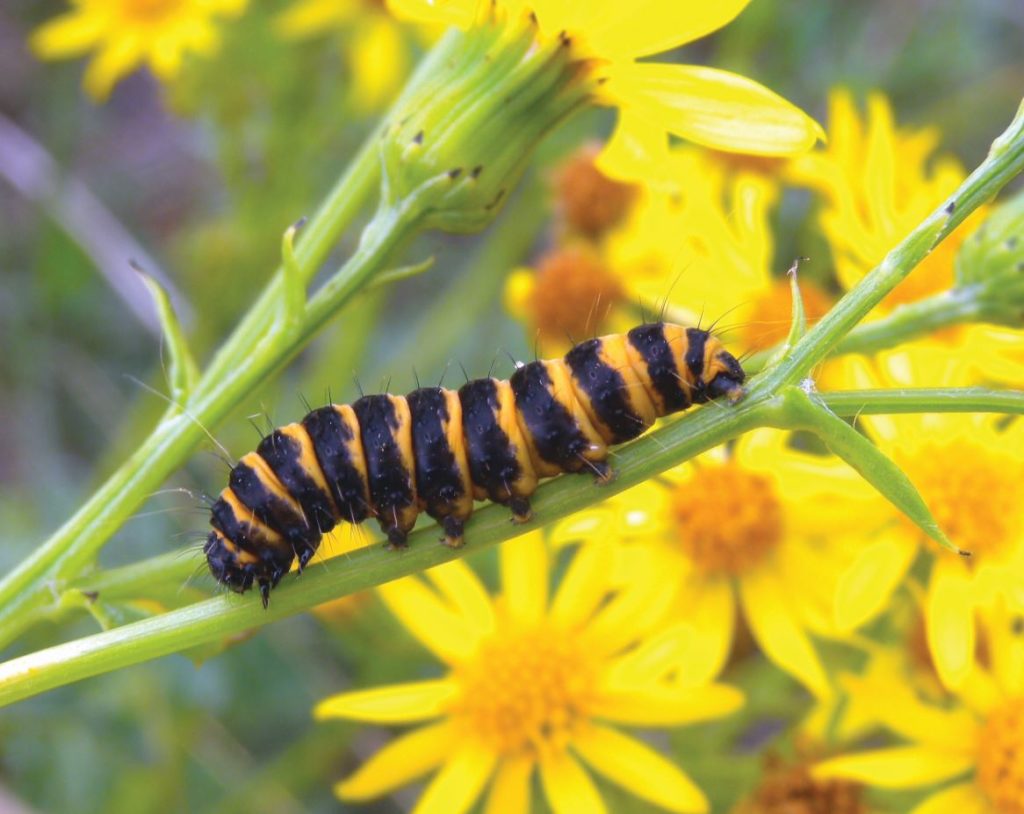 Tyria jacobaeae Cinnabar moth larva Credit Roger Key
Tyria jacobaeae Cinnabar moth larva Credit Roger Key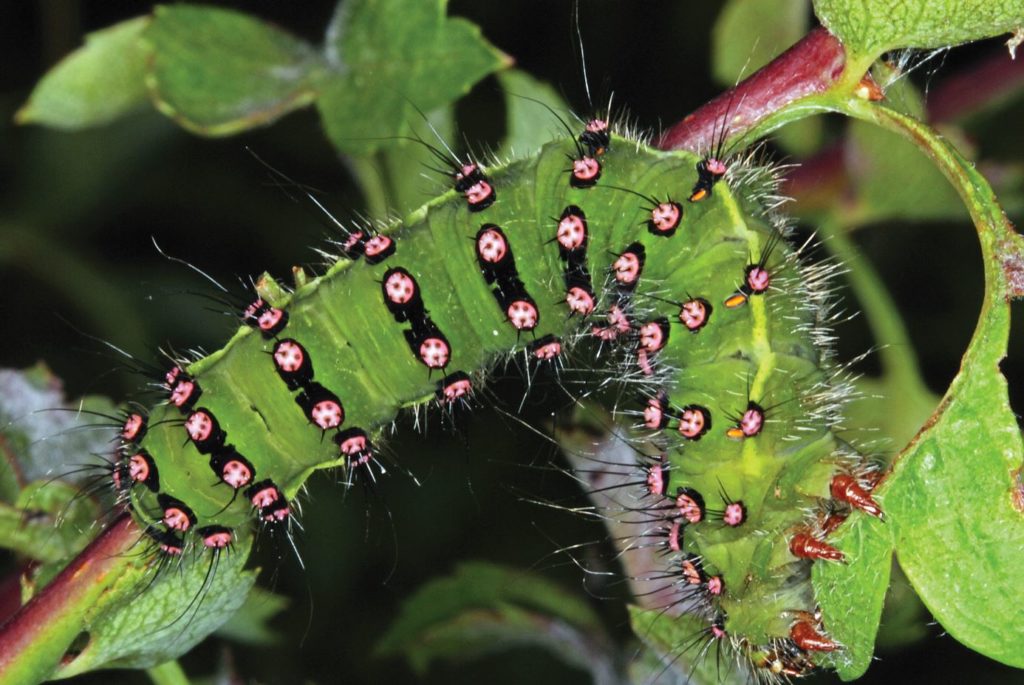 Saturnia pavonia Emperor moth larva Credit Colin Rew
Saturnia pavonia Emperor moth larva Credit Colin Rew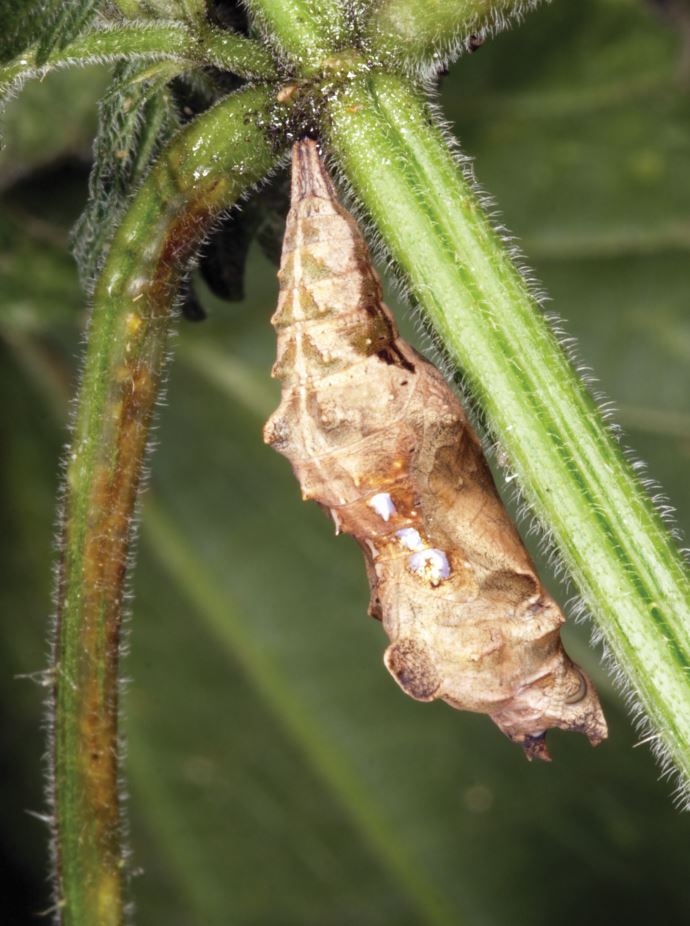 Polygonia c-album pupa Credit Roger Key
Polygonia c-album pupa Credit Roger Key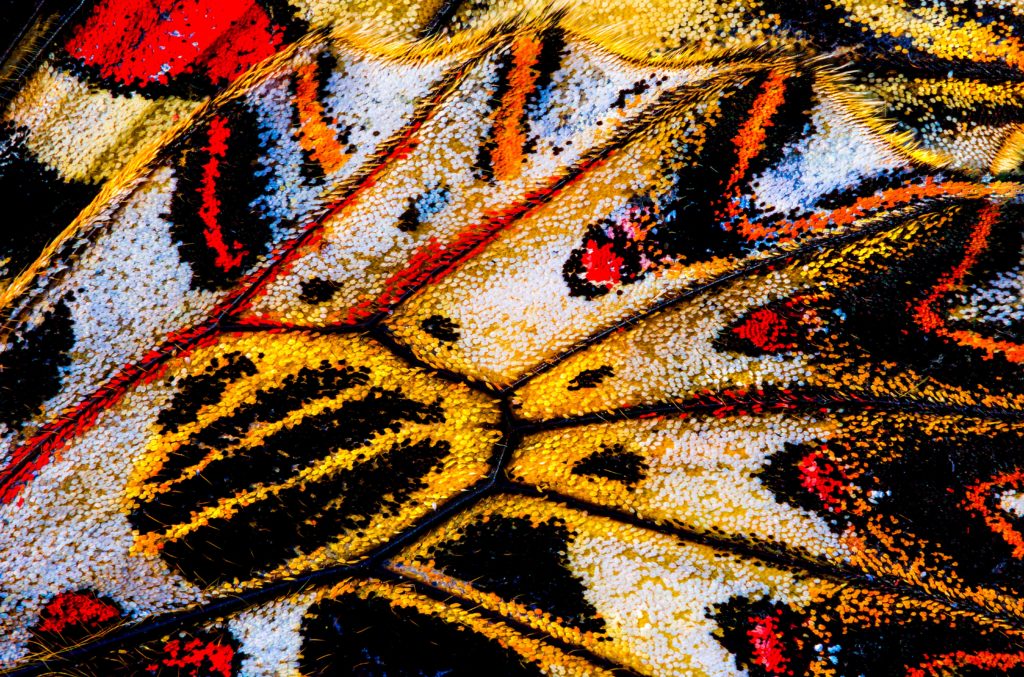 Close up of Zerynthia polyxena butterfly wing Credit Petar Sabol
Close up of Zerynthia polyxena butterfly wing Credit Petar Sabol
The larvae of both groups also produce silk from oral glands which in the caterpillar is used to spin a pupal cocoon or sometimes a feeding web, and in the Trichoptera forms the basis of the larval case or a feeding net, and again creates a pupal shelter. Whatever the true origins of the Lepidopteran ancestor, the monophyly of the group is not in doubt.
The Lepidoptera have always been a favourite group to study; many are conspicuous and colourful both as adults and larvae and their morphology, taxonomy and life histories have been intensively investigated for centuries, by amateurs and professionals alike. Inevitably the butterflies and larger moths have attracted more interest, especially to the amateur naturalist, and this led to a strange artificial system of classification in which the three main groups were the butterflies (sometimes given the spurious scientific name of Rhopalocera), the Macrolepidoptera and the Microlepidoptera.
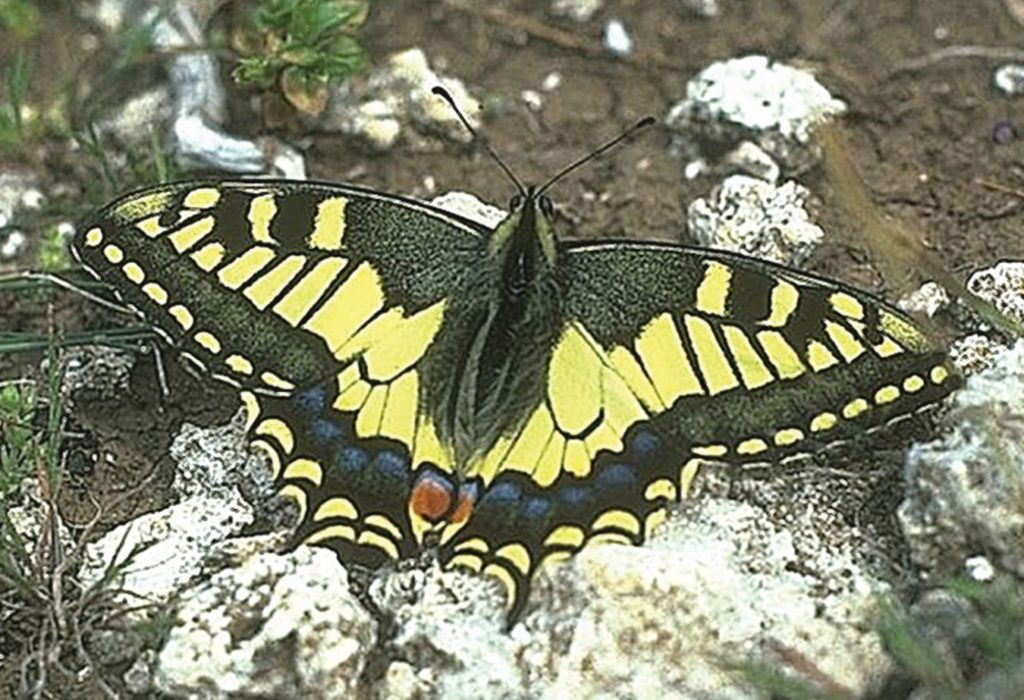 Papilio machaon Swallowtail butterfly Credit Roger Key
Papilio machaon Swallowtail butterfly Credit Roger Key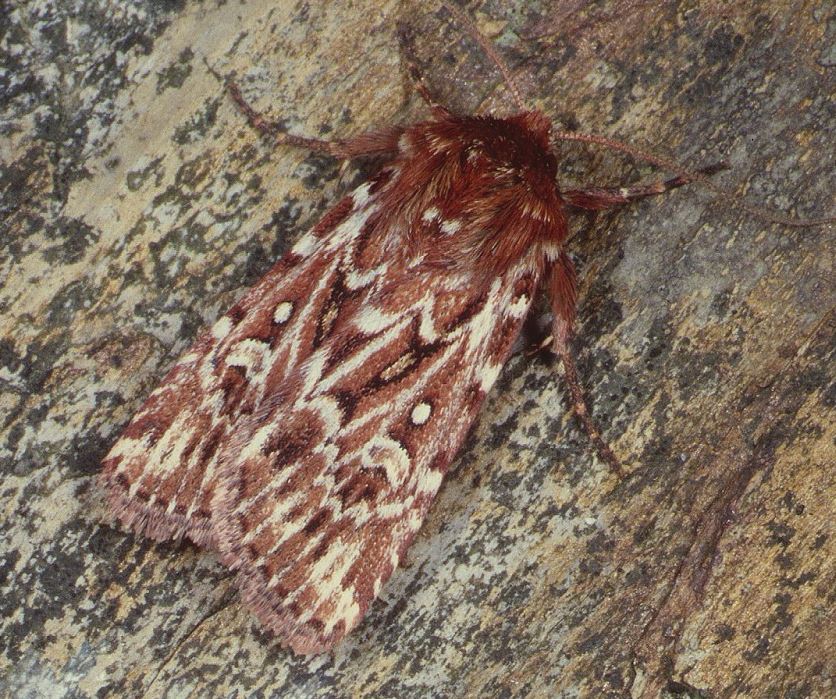 Lycophotia porphyrea True lover’s knot moth Credit Roger Key
Lycophotia porphyrea True lover’s knot moth Credit Roger Key Smerinthus ocellata Eyed hawk-moth Credit Roger Key
Smerinthus ocellata Eyed hawk-moth Credit Roger Key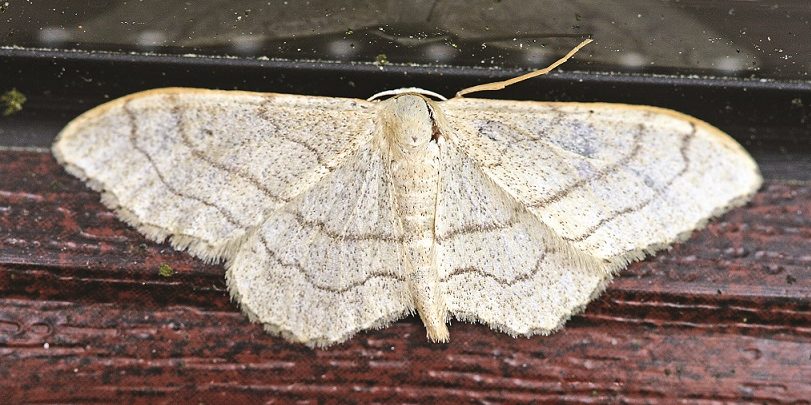 Idea aversata Riband wave moth Credit Colin Rew
Idea aversata Riband wave moth Credit Colin Rew
The Rhopalocera contains the true butterflies in the superfamily Papilionoidea, plus the skippers which are now placed in a separate superfamily, the Hesperioidea.The Macrolepidoptera included the larger moths such as the Noctuoidea and Geometroidea, plus several others; the Microlepidoptera included the small moths that were long regarded as taxonomically difficult. This division began to break down as the phylogenies of the various groups were unravelled, and it became clear that some superfamilies like the Hepialoidea were closely related to ‘micro’ groups like Tineoidea, but were treated as honorary ‘macros’. Although this division is no longer used in scientific literature it still persist in common usage and even recent identification guides to British moths include all the former ‘macros’ although some of these are actually smaller in size than some ‘micros’, which are ignored. Part of the reason for this persistence of an outdated system lies in the undoubted fact that most butterflies and large moths can be identified by a simple comparison with illustrations in a book, and the most sophisticated piece of optical equipment needed is likely to be just a hand lens.
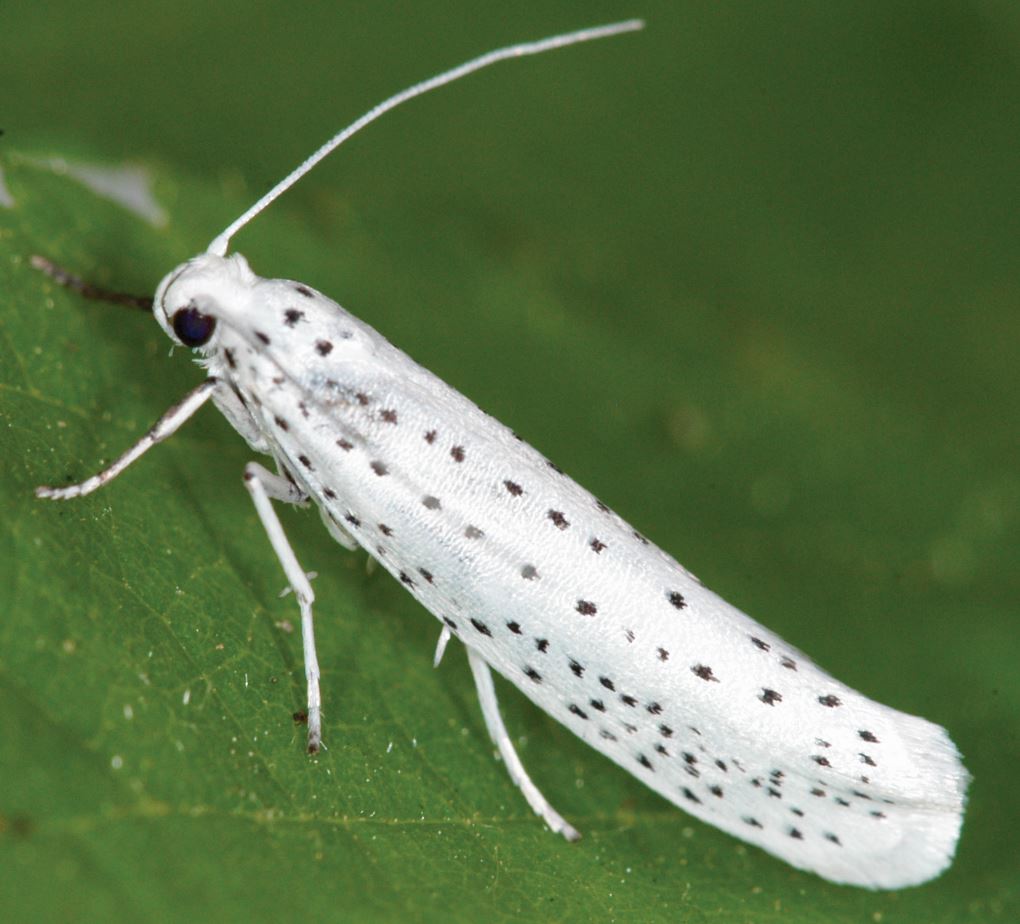 Yponomeuta evonymella Credit Peter Barnard
Yponomeuta evonymella Credit Peter Barnard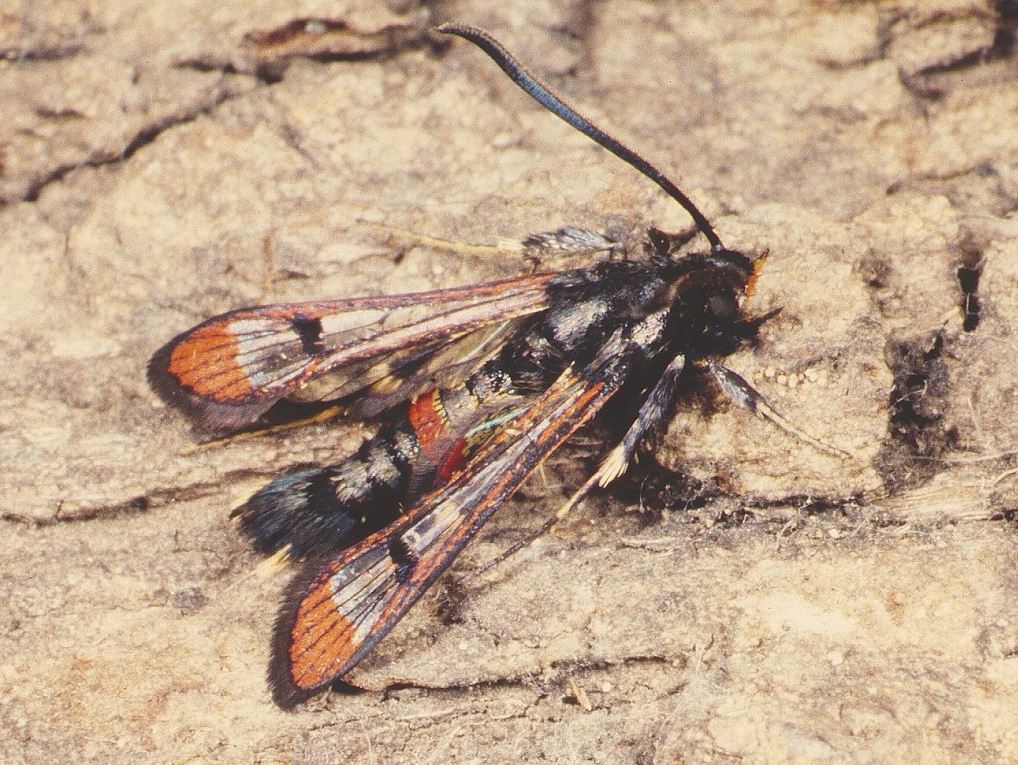 Synanthedon formicaeformis Red-tipped clearwing moth Credit Roger Key
Synanthedon formicaeformis Red-tipped clearwing moth Credit Roger Key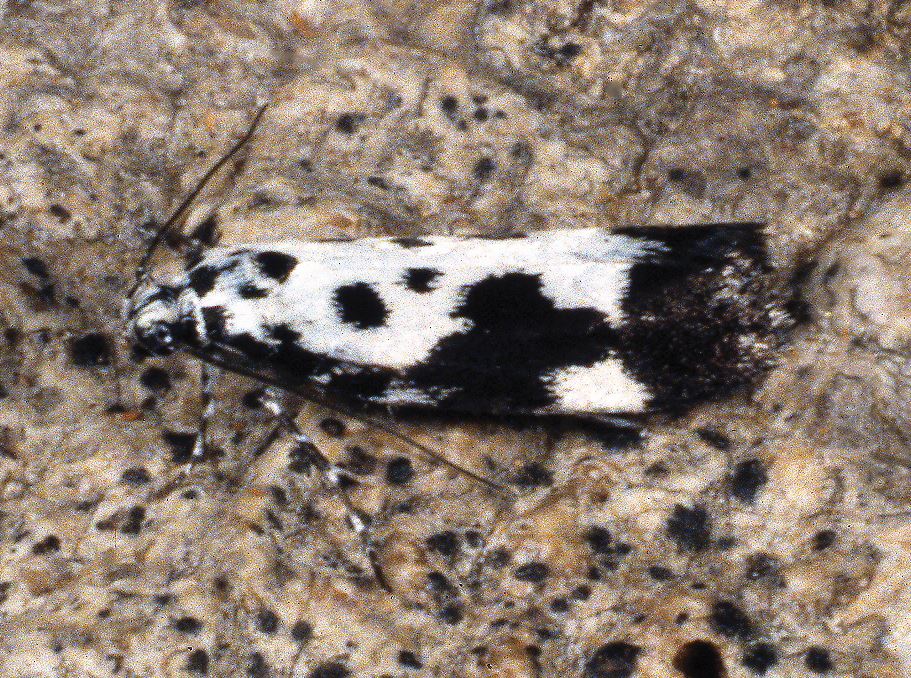 Ethmia quadrillella Credit Roger Key
Ethmia quadrillella Credit Roger Key
However, even in these ‘macro’ groups it is becoming increasingly clear that the separation of some species relies on examination of the genitalia, which usually necessitates a stereo microscope. This has long been the case for many small species in the ‘micros’, so at last the distinction between the two traditional groupings is disappearing.
Well-known groups of Lepidoptera include plume moths, hawk-moths, loopers, swift-moths, skippers, butterflies, tiger moths, grass moths, clearwing moths, clothes moths and burnet moths.
Worldwide there are around 160,000 known species in 120 families; in Britain there are about 2,570 species in 72 families.
Identification help